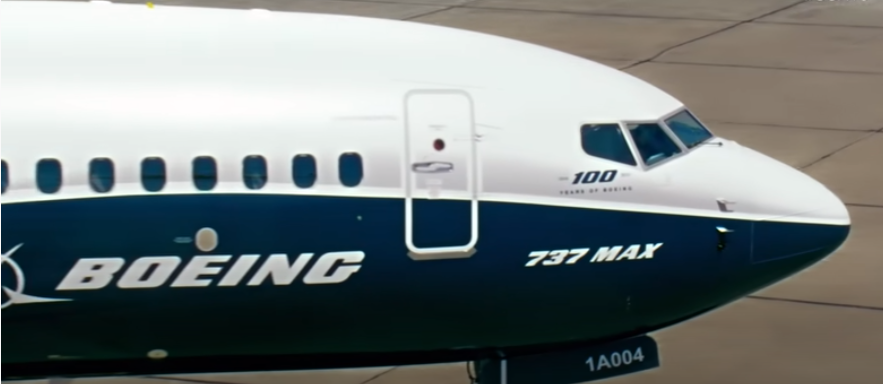
WASHINGTON—The FAA has authorized Boeing to begin certification flight testing of the grounded 737 MAX with an updated flight-control system.
In an email notification to congressional oversight committee staff on June 28, the agency said its Type Inspection Authorization board has completed a review of a system safety assessment Boeing submitted, clearing the way for what it expects will be several days of flight tests.
The FAA expected that flights with agency test pilots aboard would begin as soon as the following day. A developmental 737 MAX 7 departed Boeing Field in Seattle for Boeing’s flight test center at Moses Lake Grant County International Airport, Washington, at 9:54 a.m. local time on June 29.
In the email sent to congressional staffers, the agency emphasized that the certification flight tests are not a prelude to an imminent return to service of the 737 MAX, which has been grounded since March 2019 after two crashes in less than five months.
“It is important to note, getting to this step does not mean the FAA has completed its compliance evaluation or other work associated with return to service,” the agency stated. “The FAA has not made a decision on return to service. We have a number of steps remaining after the conclusion of the certification flights.”
Boeing has developed an update to the flight-control software of the maneuvering characteristics augmentation system (MCAS) implicated in the crashes of Lion Air Flight 610 in October 2018 and Ethiopian Airlines Flight 302 in March 2019, both 737 MAX 8s.
Among other fixes, the automated system now compares information from two angle-of-attack (AOA) sensors instead of one and prevents MCAS from activating if the sensors disagree by 5.5 degrees or more with the 737’s flaps retracted. The system cannot command more stabilizer input than can be counteracted by the flight crew pulling back on the control column.
European and Canadian regulators are demanding additional design changes but will not prevent the 737 MAX from returning to service before the fixes are implemented, the Seattle Times first reported.
EASA recommends that MCAS use a third physical AOA sensor, or an additional “synthetic” sensor that draws information from a variety of other sensors, similar to a system that Airbus uses, the Times said.
Transport Canada confirmed that it is considering several possible changes to the 737 MAX flight manual, one of which would be a procedure to disable an erroneously activated stick shaker stall-warning system by pulling an overhead circuit breaker.
“Transport Canada will consider Boeing’s circuit breaker proposal as part of a suite of changes that could be implemented,” the agency said. “It would be premature for Transport Canada to determine the final design configuration, flight crew procedures and training requirements before all the criteria and concerns have been addressed.”
The Canadian regulator added that it will not lift flight restrictions on the 737 MAX 8 “until the department is fully satisfied that all safety concerns have been addressed by the manufacturer and the FAA and that enhanced flight crew procedures and training are in place.”
The FAA listed several remaining steps after the certification test flights that will determine when the 737 MAX returns to service.
These steps include the issuance of a draft report on minimum pilot training requirements by the agency’s Flight Standardization Board (FSB) and the Joint Operations Evaluation Board, which includes representatives from Europe, Canada and Brazil. The FAA will publish a final FSB report after reviewing public comments.
The FAA will examine Boeing’s final design documentation to evaluate compliance with regulations. A multi-agency Technical Advisory Board will also review Boeing’s submission and issue a final report before the FAA makes a final determination of compliance.
Notice of pending significant safety actions will be made via a Continued Airworthiness Notification to the International Community. The FAA will also publish an airworthiness directive (AD) advising operators of required corrective actions that must be accomplished before the 737 MAX resumes commercial service.
The FAA will eventually rescind its grounding order, which marks “the official ungrounding” of the 737 MAX, pending the completion by operators of the work specified in the AD and any required training. The agency said it will perform “in-person, individual reviews” of 737 MAX jets manufactured since the grounding and also review and approve airline training programs.






